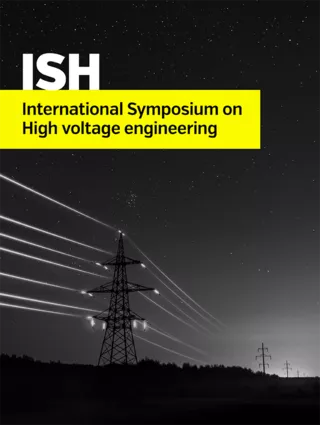Summary
Moisture and temperature are the two most important factors controlling the life of the transformer. Together, they could accelerate the aging of the mineral oil and the insulating cellulose paper. For every ten degrees C rise in temperature, the expected life of the transformer can be reduced by a half; moisture has a similar acceleration factor. Together, they can rapidly shorten the expected life of the transformer. A standard moisture transport model currently used by the industry assumed that the temperature of the recirculating oil and therefore moisture content within the oil would be uniform throughout the whole transformer. This has been proven incorrect. Some insulation having hot spot temperature would become the weakest link. These locations would see the earliest failure. The solubility of moisture in oil is temperature and load dependent. If we can measure the trace moisture and temperature directly on the cellulose paper and the pressboard, we might be able to understand the true picture of moisture transport and extent service where aging is taking place. This will allow an accurate model enabling users to predict accurately the residual life and perform tradeoff in day to day operation while optimizing the transformer's life. This challenge is now solved by fiber optics moisture and temperature sensor based on a special type of fiber Bragg grating called the pi-phase-shifted grating featuring a very narrow filter. The narrow filter allows extra sensitivity of temperature measurement of 0.1 degree and moisture resolution of down to 0.1 ppm. This is a first in the world. Furthermore this type of sensor is immune to high voltages and strong electromagnetic fields that can work in oil with a working life of 25 years. This paper will describe the technology behind the sensor and how these sensors are packaged so that they can be installed during the transformer manufacturing and drying process. We will also discuss a field test with cooperation with a large transformer manufacturer where sensors are wrapped around an actual winding. We will also discuss the process we use to calibrate these sensors to make them a rugged industrial solution.
Additional informations
| Publication type | ISH Collection |
|---|---|
| Reference | ISH2017_601 |
| Publication year | |
| Publisher | ISH |
| File size | 728 KB |
| Pages number | 5 |
| Price for non member | Free |
| Price for member | Free |
Authors
R. IDSINGA, H-C. VERA-DURAND, H. LU, M. KAHRIZI




